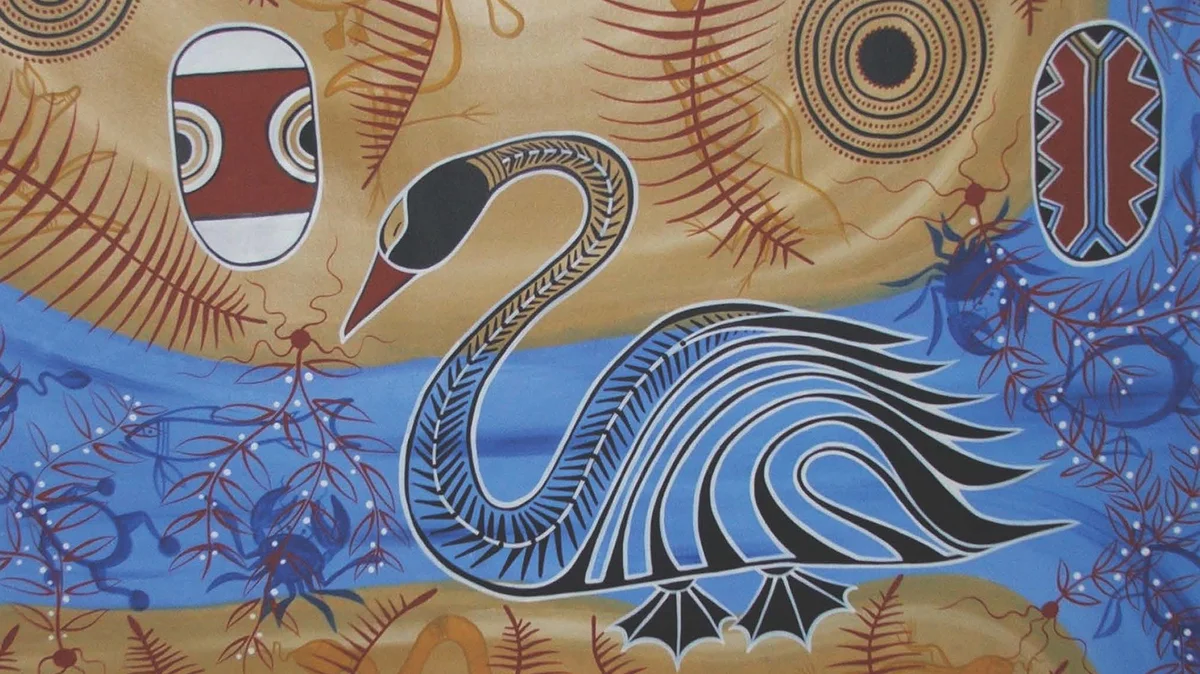Local Indigenous heritage
The first inhabitants of the Maroochy district were the Aboriginal people of the Gubbi Gubbi / Kabi Kabi language group
The first inhabitants of the Maroochy district were the Aboriginal people of the Gubbi Gubbi / Kabi Kabi language group, whose lands stretched from Burrum River in the north, to Pine River in the south, and west to the Conondale Ranges. For over 20,000 years, the Gubbi Gubbi / Kabi Kabi people hunted in the surrounding ranges, fished the rivers and gathered seafood from the ocean.
Mooroo-kutchi *meaning red-bill, the name of the black swan
Moorookutchi-dha *meaning the place of the black swan
Maroochy and Maroochydore are place names derived from the Yuggera (Brisbane River) language group. The names were recorded by Andrew Petrie, during a trip to the coast in 1842. Petrie obtained the names from two Brisbane River Aboriginal men who were travelling with him. The local name for the swan is Kuluin. The name Maroochydore came into general use in 1884.
\* Place names as told by Gubbi Gubbi man, Lyndon Davis
A Dreamtime Legend
Many years ago, during the dreamtime, a beautiful Aboriginal girl named Maroochy was loved by another of her tribe, Coolum, a young warrior whose union to Maroochy had the approval of the elders.
One day a mighty warrior named Ninderry, who belonged to a fierce and warlike tribe, stole Maroochy while Coolum was out hunting. When Coolum returned and found that Maroochy had been abducted, he set off in pursuit following their tracks.
Fearing (as custom decreed) to demand Maroochy’s return from such a fierce warrior, Coolum crept into the camp while Ninderry was asleep and set Maroochy free, before fleeing back to their tribe’s territory on the coast.
Ninderry was furious when he awoke to find Maroochy gone and Coolum’s tracks leading her from the camp. He flew into a mighty rage and set out after the young couple.
When Ninderry caught sight of them, he threw a nulla (club) at Coolum, knocking off his head which rolled into the sea and became Mudjimba Island. Coolum’s headless body fell and turned into stone, becoming Mount Coolum.
The Spirit God, known to the Undanbi as Birral, had been watching these events from his crystal throne in the sky and was deeply incensed by Ninderry’s foul deed. He struck him down, turning him into stone where he became Ninderry Crest.
Filled with sorrow at the loss of her beloved Coolum, Maroochy fled to the Blackall Ranges, weeping so much that her tears flowed down the mountain range to form the Maroochy River.
As time passed, she decided to try and find Coolum’s spirit that had gone from his body. To aid her quest, she transformed herself into a black swan (Muru-kutchi) and to this day, journeys up and down the river, flying to the swamps and lakes, searching for the spirit of her treasured Coolum.
Download the Black Swan Indigenous Heritage Sign displayed in the Black Swan Park.
